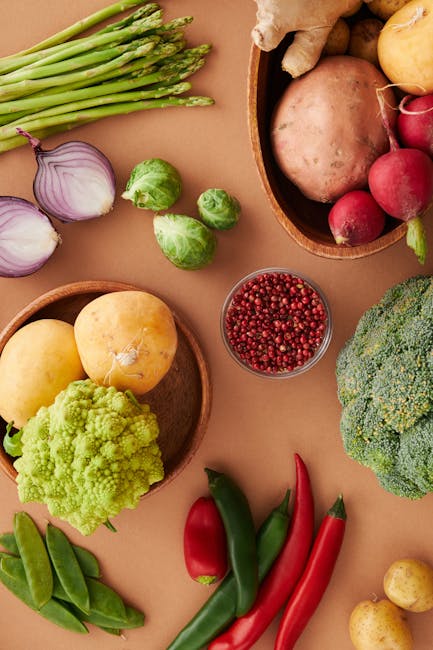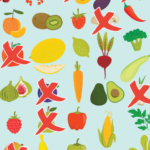Recipes Nasıl Okunur: An Ultimate Guide
Understanding a recipe, especially one in a language you’re unfamiliar with, can seem daunting. But with a systematic approach and attention to detail, deciphering even complex recipes becomes manageable. This guide focuses on effectively reading recipes, regardless of the language, equipping you with the skills to confidently tackle any culinary challenge.
1. Understanding the Recipe’s Structure:
Most recipes follow a standard structure, though variations exist. Familiarizing yourself with common components is key. Look for these elements:
- Yield: This specifies the amount the recipe produces (e.g., 6 servings, 12 cookies). This helps you adjust quantities if needed.
- Prep time: The time needed for preparation, like chopping vegetables or measuring ingredients.
- Cook time: The time spent actively cooking the dish.
- Total time: The sum of prep and cook times. Note that this is often an estimate.
- Ingredients: A detailed list of all components needed, usually with quantities and units specified (grams, cups, tablespoons, etc.). Pay close attention to this section.
- Instructions: Step-by-step directions on how to prepare the dish. This is the core of the recipe.
- Equipment: While not always explicitly listed, some recipes imply the need for specific tools (e.g., blender, food processor, oven). Consider what equipment you have available.
2. Mastering Ingredient Identification and Measurement:
Ingredients are listed with quantities and units. Understanding these is crucial:
- Weight vs. Volume: Recipes can specify ingredients by weight (grams, ounces) or volume (cups, milliliters, tablespoons). Weight is generally more accurate for baking, ensuring consistent results. Invest in a kitchen scale for precision.
- Units of Measurement: Familiarize yourself with common cooking units. Conversion charts are readily available online if you need to switch between systems (e.g., cups to milliliters, ounces to grams).
- Ingredient Names: If the recipe is in a language you don’t fully understand, use online translation tools or dictionaries to identify unfamiliar ingredients. Pictures can be helpful too. Don’t be afraid to substitute similar ingredients if necessary, but be mindful of potential changes in taste or texture.
- Ingredient States: Pay attention to the state of ingredients (e.g., “chopped onions,” “melted butter,” “ground beef”). This indicates the preparation required before adding them to the recipe.
3. Deciphering Instructions: A Step-by-Step Approach:
The instructions are the roadmap to successfully completing your recipe.
- Read Thoroughly Before Starting: Scan the entire instructions section before beginning. This gives you an overview of the process and helps you anticipate any potential challenges.
- Follow the Order: Unless otherwise specified, follow the instructions sequentially. Each step builds upon the previous one.
- Understand Terminology: Cooking uses specific terms (e.g., “sauté,” “simmer,” “fold,” “whisk”). Learning these terms significantly improves your comprehension. Online resources provide comprehensive culinary glossaries.
- Visual Aids: Many recipes include photos or videos. Use these to visualize the process and understand techniques.
- Note Variations: Some recipes offer variations or alternative methods. Consider these options depending on your preferences or available resources.
- Manage Time: Pay attention to cooking times and adjust accordingly. Use a timer to ensure proper cooking.
4. Dealing with Recipe Variations and Substitutions:
Not everything will always go according to plan.
- Substitutions: Sometimes, you might need to substitute ingredients. This requires understanding the role of each ingredient in the recipe. For example, substituting oil for butter might affect the texture. Always consider the impact of a substitution before making it.
- Adapting for Dietary Needs: Recipes can be adapted for dietary restrictions (e.g., vegetarian, vegan, gluten-free). This usually requires careful ingredient substitutions and adjustments to cooking methods.
- Adjusting Quantities: If you need to increase or decrease the yield, adjust all ingredient quantities proportionally. Avoid simply multiplying or dividing the quantities; some ingredients may not scale linearly.
5. Mastering Recipe Organization and Note-Taking:
Effective recipe management is essential for efficient cooking.
- Organize your Recipes: Create a system for storing your recipes, whether digitally or physically. Categorizing by type of cuisine, meal, or dietary restriction can be helpful.
- Take Notes: As you cook, jot down any changes you make, observations about the process, or ideas for future improvements. This creates a personalized recipe log.
- Rating Recipes: After preparing a dish, rate it and add notes about its success or areas for improvement. This helps you build a curated collection of reliable recipes.
6. Utilizing Online Resources and Tools:
The internet provides invaluable resources for navigating the world of recipes.
- Online Recipe Databases: Websites and apps offer vast recipe collections, often with user reviews and ratings.
- Recipe Conversion Tools: Use tools to convert measurements, adjust serving sizes, or adapt recipes for dietary needs.
- Culinary Glossaries: Familiarize yourself with cooking terms through online glossaries or culinary dictionaries.
- Cooking Videos: Visual aids can significantly improve your understanding of techniques and processes.
7. Beyond the Written Word: Understanding Implicit Information:
Recipes sometimes leave out information implicitly understood by experienced cooks.
- Assumptions: Recipes may assume you have basic cooking knowledge (e.g., how to chop vegetables, boil water).
- Unspecified Techniques: Certain techniques might be implied rather than explicitly stated. Pay attention to the descriptions of the desired outcome (e.g., “tender chicken,” “creamy sauce”) to determine the best approach.
- Contextual Knowledge: Understanding the cuisine’s background can help interpret ambiguous instructions or ingredient choices.
By mastering these techniques, you’ll transform from a hesitant recipe reader to a confident culinary creator, capable of tackling any recipe with ease and precision. Remember that practice makes perfect – the more you cook, the better you’ll become at reading and interpreting recipes.





